Isabella was a year older than Ferdinand, they also were second cousins. The marriage of close family members was illegal and therefore there were consanguinity issues, however documentation, dated to five years earlier, had been found that decreed that Ferdinand could marry within the third degree of consanguinity, this papal bull legalised their marriage.
The wedding took place at the Palacio de los Vivero (Palace of the Nurseries) in the city of Valladolid in Castile and their first child, a daughter, Isabella, was born just under a year following their marriage.
Isabella and Ferdinand went on to have another six children, the most famous, from an English point of view, was Catherine, the wife of Prince Arthur and later his brother Henry VIII.
Isabella and Ferdinand's marriage paved the way to the unification of Aragon and Castile into a single country that we now know as Spain.
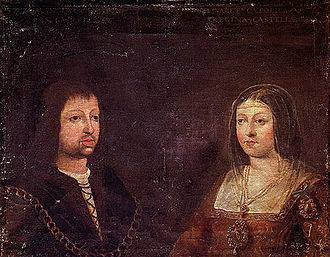
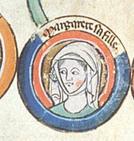

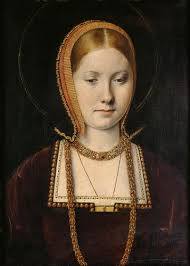

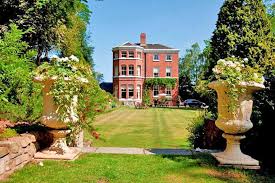
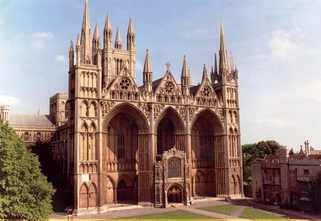
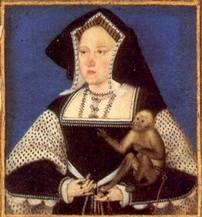
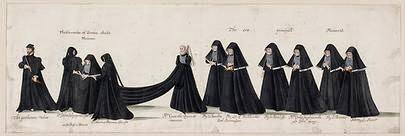
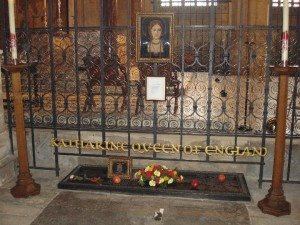
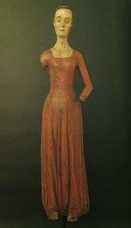
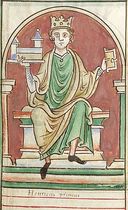
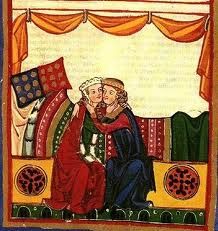
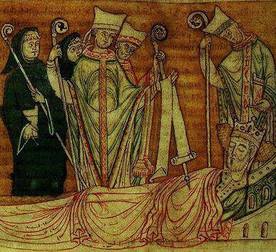
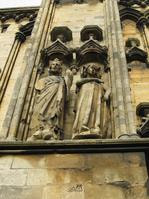
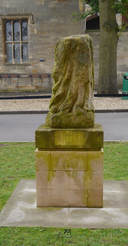
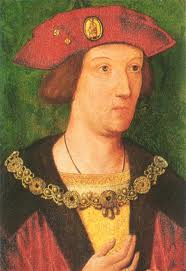
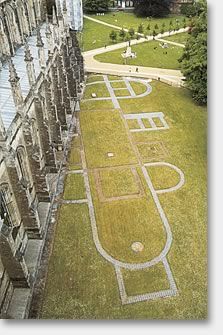
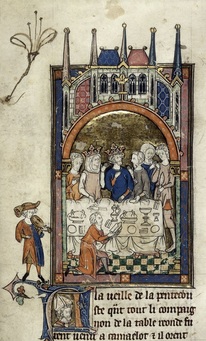
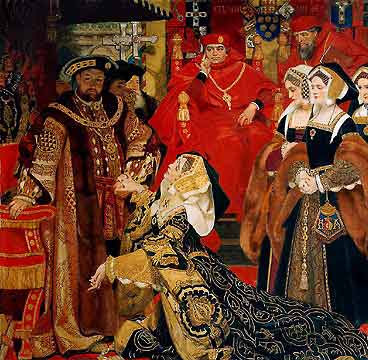
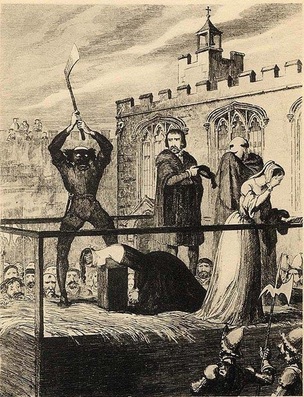

 RSS Feed
RSS Feed
